"The long-term collection of data from forests across the globe is incredibly important to scientists studying the impact of changing temperatures and carbon dioxide levels on the environment," Phillips said. "You can't prove that something has changed if you're missing baseline data to compare your observations against."
The project also recently marked a major milestone: the publication of the first study to draw upon data from multiple sites in the ForestGEO network. Clay, Phillips and Johnson are among the co-authors on the paper in the internationally acclaimed journal Science.
By analyzing more than 3,000 species and nearly 2.4 million trees in 24 forest plots worldwide, the study found that trees growing in areas with a high concentration of the same species fare poorly compared to trees growing in areas with a greater diversity of species. The paper also reported that this effect persists across both tropical and temperate forests—although a strong diversity of species appears especially important in cooler forests in countries such as the U.S. and Canada.
"This study shows that the dense aggregation of similar tree species is unhealthy due to factors such as the transmission of pathogens from older to younger trees through root networks," Clay said. "Basically, plants do better in their 'neighbor's' soil."
The findings demonstrate how the loss of tree species can harm forests, especially in temperate zones with less diversity. Lilly-Dickey Woods has about 36 tree species, for example. A tropical forest, by contrast, can easily contain over 400.
For the team working in Brown County, Sheehan said the forest's complex lifecycle is written in the landscape. Small saplings in sun-dappled patches of dirt stretch toward the light beside fallen forest giants whose collapse only recently freed the younger trees to grow. The loss of the older trees is due partly to the natural cycle of life and death, but also to environmental factors such as the invasion of the tree-killing emerald ash borer and a major statewide drought in 2012.
The meticulous collection of data from the woods empowers scientists to untangle the impact that these and other factors have on the forest in Indiana, Phillips said. It will also reveal the diversity of the forest's species, shedding light on larger trends in forest health across the state and the world.
Lastly, Clay added that none of the research in Lilly-Dickey Woods could take place without a generous gift to the university 75 years ago. Two Brown County neighbors—J.K. Lilly, a scion of the Indiana pharmaceutical manufacturer Eli Lilly and Co., and Marcus Dickey, the personal secretary and biographer of Indiana poet James Whitcomb Riley—donated adjacent plots of land to then-IU Chancellor Herman B Wells in 1942 with the promise that the forest remain in a natural state for use in art and biological research.
IU's careful stewardship of the land over the past 75 years and, more recently, the inclusion of the woods in a global project to understand the impact of environmental change on our planet is a powerful testament to the endurance of this agreement, Clay said.
This year's tree census at Lilly-Dickey Woods is expected to complete in late September.
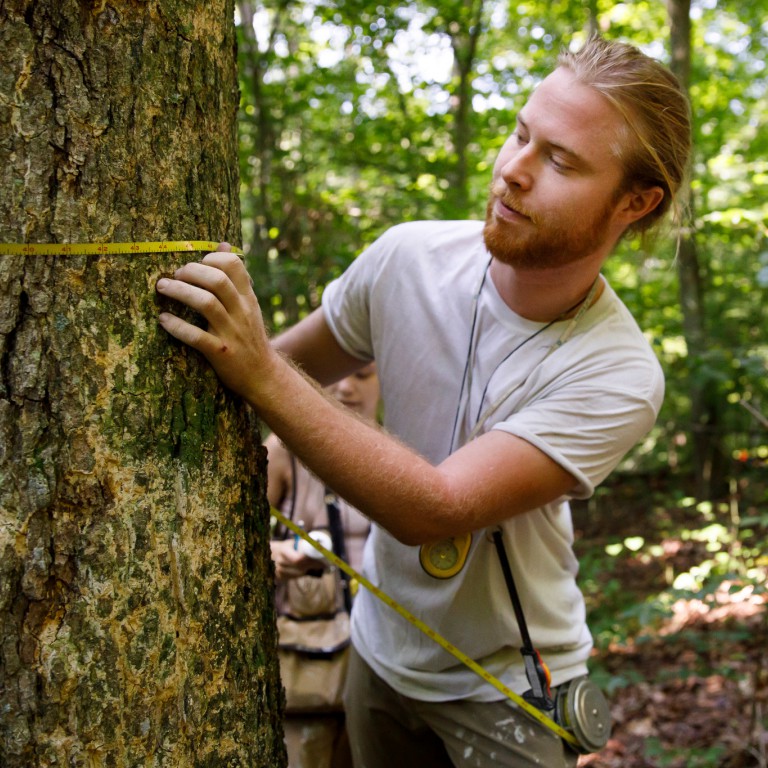
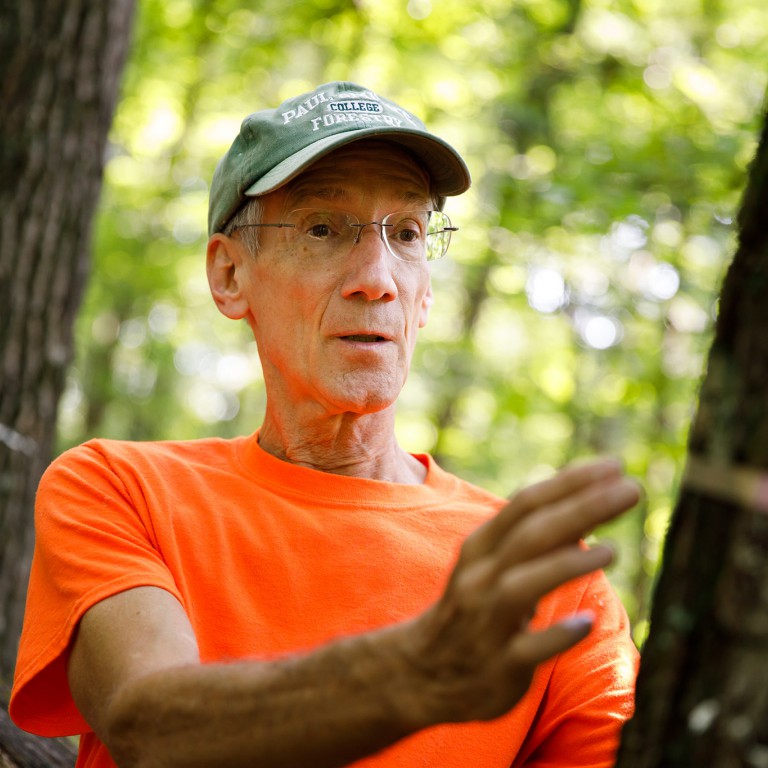
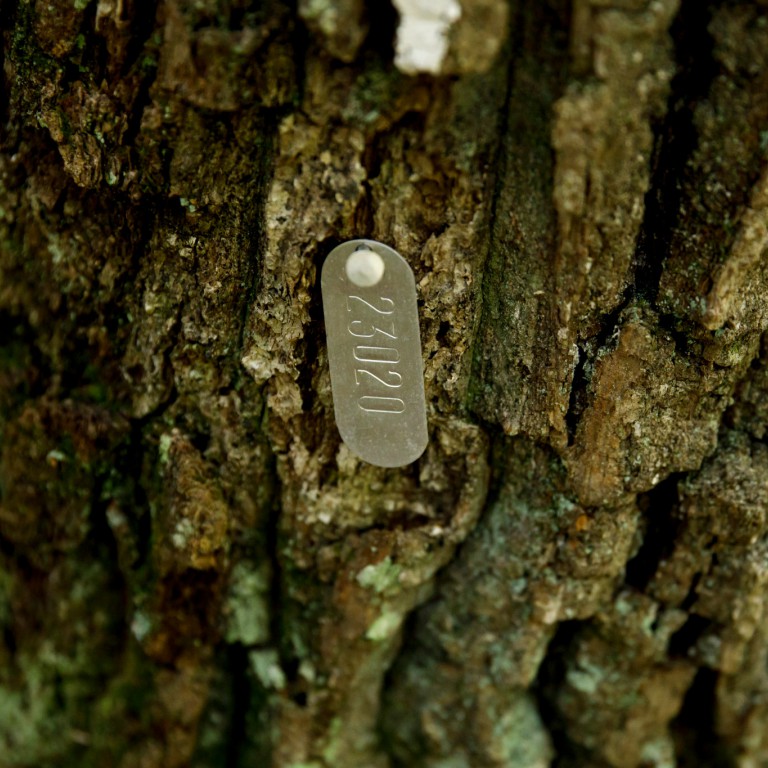
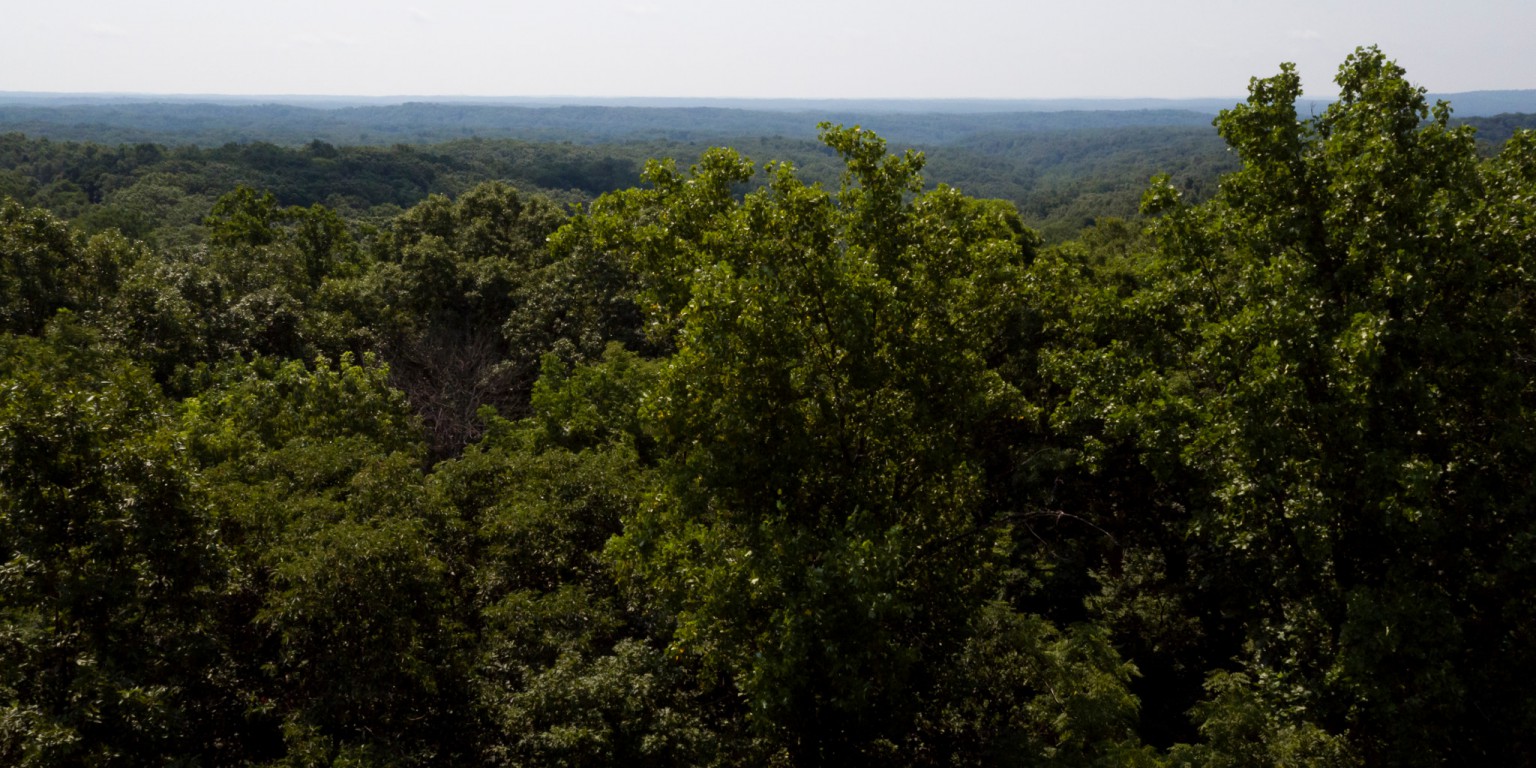
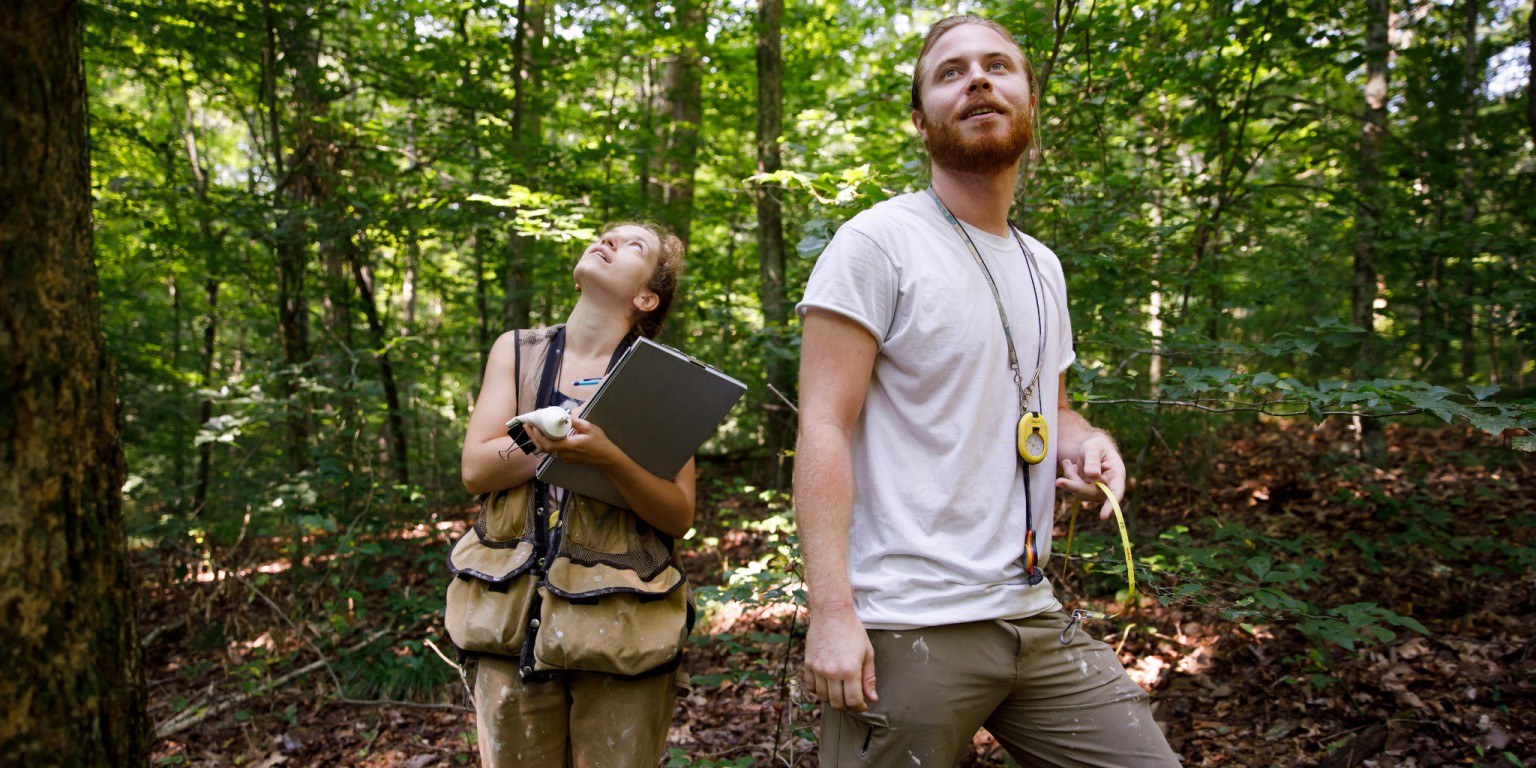
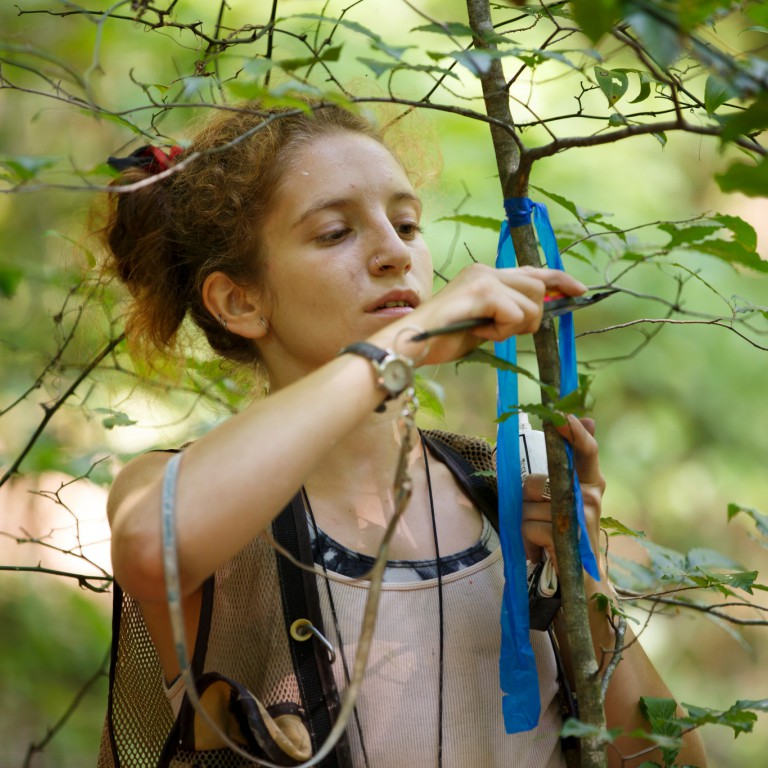
 The College of Arts
The College of Arts